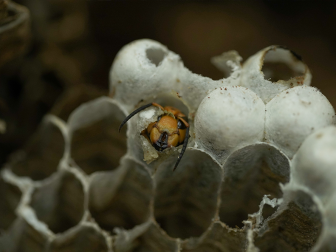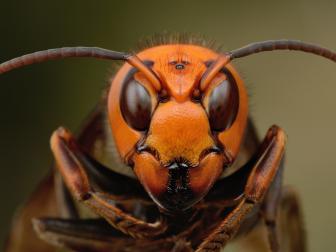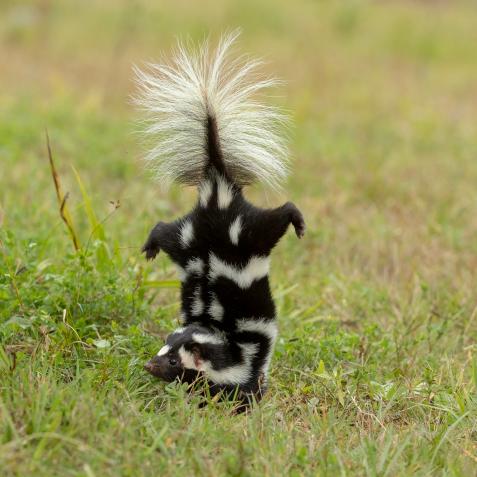
Claudio Cavalensi
World of Bees: Science Creates a Buzz with First Global Species Map
Bees are the planet’s chief pollinators and possibly the most important species when it comes to plant and human survival. So the fact that they are becoming endangered due to climate change, pesticides and habitat loss should concern us all.
Now researchers have produced the first modern global map of bee species to find out more about where they live and how to save them. By combining data from more than 5.8 million public bee occurrence records and a list of more than 20,000 species from the Discover Life biodiversity portal, scientists from the US, China and Singapore were able to create detailed population maps.

S.Norero Image
Their findings, published in the journal Current Biology, show that bees are an exception to many plant and animal species, whose numbers and diversity are greater nearer the planet’s tropical zones.
Bee populations are lower near the equator and the north and south poles, reflecting a pattern called bimodal latitudinal gradient. They are concentrated in northern temperate zones, desert and dry shrublands where low-lying plants and flowers predominate, rather than in humid, tropical or forest regions.
Bumblebees and honey bees’ critical importance as pollinators for food crops such as almonds, broccoli, cucumbers, tomatoes, watermelons and cherries is well known, so it is surprising that this is the first map of its kind.

Julien Dubois
In the US alone there are more than 4,000 native bee species, so halting population declines protects a vital ecosystem species. Their combined activity is crucial for the reproduction of many plants and flowers and the bee’s economic value to food production is estimated at $15 billion per year.
Bees pollinate an estimated 75% of fruits, nuts, and vegetables grown in the US. From one species–the southeastern blueberry bee–a single insect can visit as many as 50,000 blueberry flowers in its lifetime, transporting enough pollen to produce more than 6,000 ripe fruits.
Meanwhile honey bees, a non-native species imported by European settlers, have been recognized as the world’s single most important pollinating insect. Beekeepers use honey bees to sustain food crops and flowers, but in the last annual survey more than 40% of managed colonies had failed.
Colony collapse disorder has been attributed to parasites such as the varroa and tracheal mite, fungal infections from Nosema bombi microsporidia, damage from pesticides such as neonicotinoids, and conditions caused by climate change that affect plants and allow parasites and diseases to persist.
Widespread decline in bumblebee populations, representing about 40 US species, is happening at the same time. The first American bumblebee species–the rusty patched bumblebee–was officially listed as endangered in 2017 and scientists have identified four species whose numbers have dropped by more than 90 per cent.
Tackling pesticide use is one way to revitalize bee numbers. The Environmental Protection Agency banned 12 out of 59 neonicotinoid products in May 2019. Another way to encourage populations is to plant bee-friendly flowers in gardens and vegetable plots. Researchers have identified the 14 flowers that bumblebees visit most in an effort to conserve bee habitat and numbers.
The US Geological Survey and other groups have extensive bee monitoring programs using large and small scale surveys, including handy identification manuals, linking in to Discover Life’s free online tools. This includes beautiful photographs of native bee species with other insects and plant life that make up the bee’s ecosystem.
Other Threats to Bees: Murder Hornets
Attack of the Murder Hornets Buzzes on to discovery+
ATTACK OF THE MURDER HORNETS follows a group of beekeepers and scientists who work together to protect their community from deadly and invasive Asian giant hornets. The documentary premieres February 20 on discovery+
Murder Hornets Invade the US
For my next trick, says 2020, may I introduce you to… Murder Hornets! Spotted in the Pacific Northwest for the first time, these giant hornets put our ecosystem at risk.





















.jpg.rend.hgtvcom.476.476.suffix/1635892481978.jpeg)
